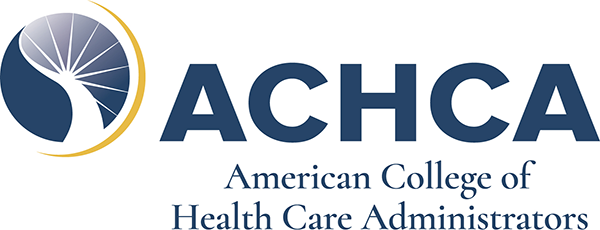Music therapy is an established, evidence-based concept that promotes the health goals within a therapeutic setting. Its benefits are recorded in numerous studies that recommend a personalized approach to conditions that include autism, brain injury, Alzheimer’s, pain management and more.
Music therapy benefits people of all ages, but especially the aged individual.
The creative potential that music offers is a familiar and universal experience. Even those who may be tone-deaf can still express themselves in an organized rhythmic pattern. In fact, tonal rhythmic music can be an inward experience or an outward expression. Both hold great promise for physical, mental, as well as spiritual growth.
Music offers personal day-to-day comfort as well as a therapeutic tool for those with medical issues that I have mentioned earlier. It provides numerous opportunities for creative and imaginative self-expression. In short, music has kept many of us going and will continue to do so.
Pablo Casals, the great cellist, played each morning and well into his 90s, to limber up his fingers that were bound by rheumatoid arthritis. Albert Schweitzer played Bach before dinner each night and claimed that music allowed him to continue his work unimpeded.
Numerous studies have shown the elderly with dementia who cannot communicate, can learn the basic rhythms and drumming patterns. It was concluded in one study, that when these drumming patterns were played, the anxiety and isolation was reduced for those diagnosed with dementia, and in several cases, pharmacological needs were either reduced or even eliminated.
Gabby Giffords, a former congresswoman from Arizona, who suffered a near-fatal gunshot to her head in 2011, credits music therapy for her regaining the ability to speak once again.
Current research from the Aarhus University in Denmark, underscores the music-brain connection. By using magnetic imaging, they tracked the impact of sound on the brain that revealed a link between music and dopamine, a neurotransmitter chemical that’s found in the body and which is involved in emotional behavior and mood regulation. Results showed an improvement in mood after exposure to music, but mood deterioration after noise exposure.
Because of the growing recognition of the therapeutic value of music to a fragile aged population, Congress authorized, through the Older Americans Act, funding for further research, training and education in the field of music therapy.
Here are but a few examples that I have personally witnessed in my professional career regarding the use of music as it is applied to the aged population:
- An elderly man who improvised the lyrics to an old but familiar tune by expressing it poetically;
- An elderly woman who requested from her loved ones that baroque chamber music be played before her bedtime to ease the intractable pain she was experiencing from her cancer;
- A mentally regressed resident who “came alive” when hearing a volunteer play a banjo to a favorite tune of his;
- A blind resident who was able to teach the significance of the music scale to a group of children who were visiting the facility that day;
- An elderly resident with a diagnosis of aphasia that resulted from a stroke, was able to mouth the music coming from his radio.
Neuroplasticity, a scientific proven reality, demonstrates how the brain has the ability to “rewire itself.” Neuroplasticity envisions new pathways that can be formed by tapping into alternate areas of the human brain that have not been damaged by physical trauma, or “invaded” by disease with catastrophic consequences.
A board certified music therapist who is currently the Director of Communications of the American Music Therapy Association, crystallized the therapeutic value of music in one succinct sentence, “To learn to speak again we use music and singing as we speak.”
Reggae artist Bob Marley, sings us a song entitled Trench Rock, “one good thing about music, when it hits you, you feel no pain.” Turns out he was on to something, perhaps even therapeutic.
Quotable quote: “What the mind can’t remember, the heart never forgets.”


